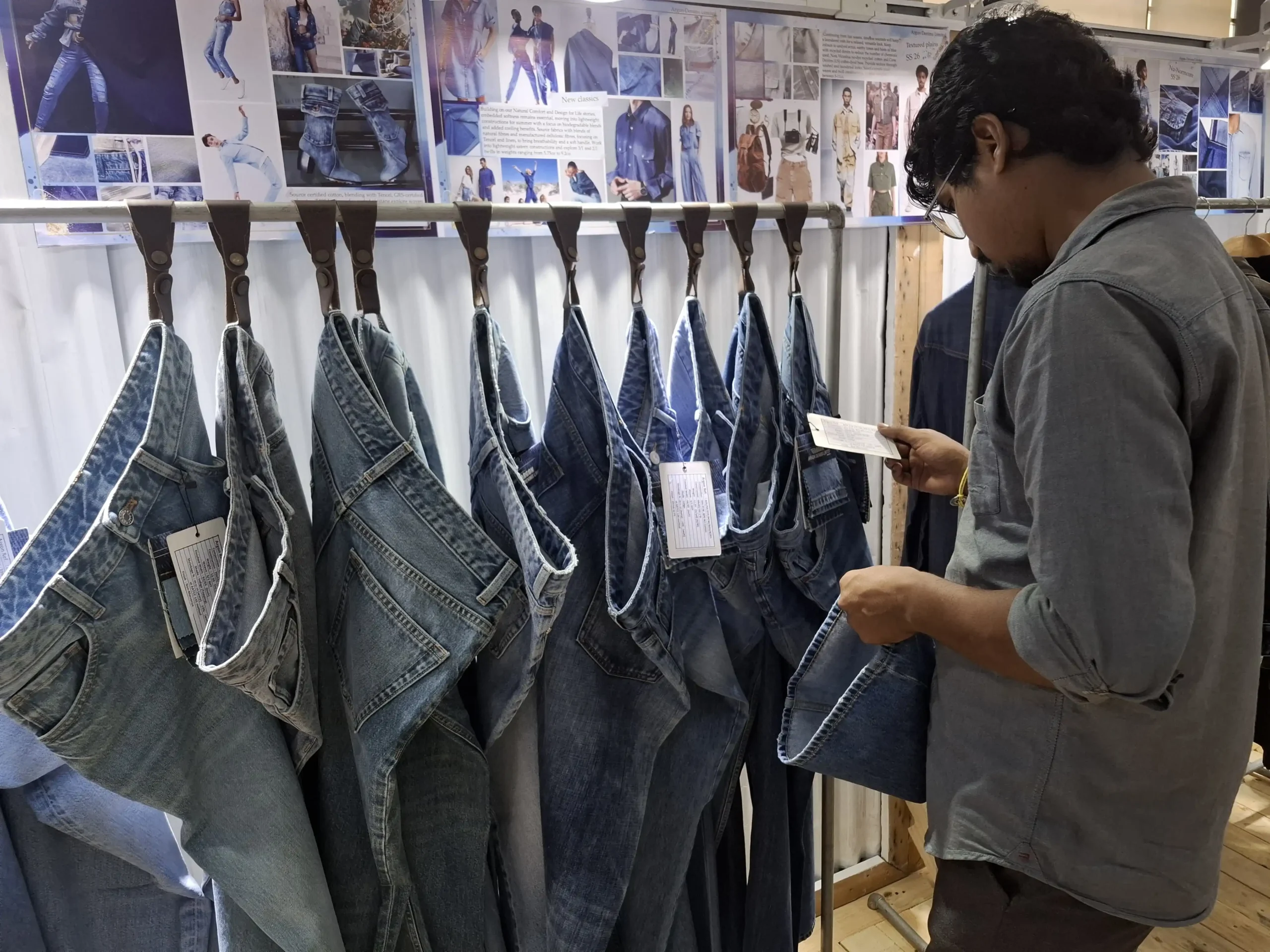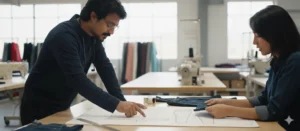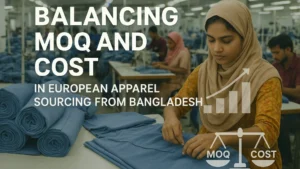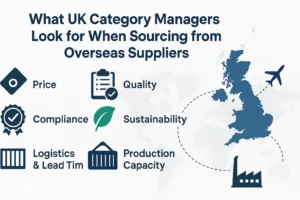
In the fast-paced world of fashion, staying ahead of trends, understanding the right materials, and selecting the perfect colors are essential components for success. Fashion companies rely on a variety of resources and strategies to ensure they create the most innovative and consumer-appealing products. Here, we will explore the crucial resources that apparel and fashion brands use in the areas of color, textiles, and materials, along with the tools for fashion trend forecasting.
1. Color Resources
Color plays a vital role in fashion design. It influences consumer behavior, brand identity, and seasonal collections. Fashion companies use a range of color forecasting tools, libraries, and collaborations to determine the ideal color palettes for each season.
Pantone Color System
Pantone is the industry standard for color matching. The Pantone Color Matching System (PMS) is a universal color language that helps designers and manufacturers communicate precise colors to ensure consistency across the entire production process. Each year, Pantone announces its “Color of the Year,” which impacts fashion collections globally.
Color Trend Forecasting Agencies
Fashion forecasting agencies like WGSN and Coloro are essential resources for color predictions. These agencies use market analysis, cultural influences, and global observations to anticipate future color trends. They provide designers and brands with reports and color palettes that reflect upcoming consumer preferences.
Trade Shows and Fashion Weeks
Major fashion events such as Fashion Weeks (New York, Paris, Milan, etc.) are often where designers first showcase their new color inspirations. These shows help brands understand what colors will dominate the upcoming seasons and how to integrate them into their collections.
2. Textile and Material Resources
Selecting the right textiles and materials is crucial for creating high-quality, functional, and sustainable fashion products. Fashion companies depend on a range of resources to source textiles, innovate new materials, and understand consumer demands.
Textile Manufacturers and Suppliers
Fashion brands work closely with textile manufacturers and suppliers worldwide to source fabrics. Major textile hubs in countries like Italy, China, and India offer a broad selection of fabrics for every type of clothing. Companies often visit fabric trade shows such as Première Vision in Paris or Texworld USA to discover new materials, textures, and fabric technologies.
Sustainable Fabric Innovations
Sustainability is an increasing priority for many fashion companies, with eco-conscious consumers demanding more eco-friendly options. Resources for sustainable textiles include materials like organic cotton, recycled polyester, Tencel, and hemp. Innovators are continually creating materials that use less water, energy, and chemicals, while offering durability and comfort.
Fabric Libraries
Physical and digital fabric libraries provide designers with access to an extensive array of textile samples. These libraries are filled with swatches and material samples that companies can explore when deciding on the perfect fabric for their designs.
3. Fashion Trend Forecasting
Fashion trend forecasting allows brands to predict what styles, colors, materials, and patterns will dominate the industry. Accurate forecasting is key for companies to stay relevant and competitive.
Fashion Trend Forecasting Agencies
Trend forecasting agencies such as WGSN and Trendstop provide in-depth analysis of future trends. These agencies gather data from a wide array of industries—design, art, culture, and consumer behavior—to predict what will be popular in the coming seasons. Their reports cover everything from silhouettes and styles to colors and fabrications.
Digital Tools and Software
With the rise of digital tools, many fashion companies use specialized software for trend analysis and prediction. Tools such as Fashion Snoops, Trendstop, and Tendence use data analytics to analyze consumer behavior, social media patterns, and global events. These tools help brands identify emerging trends and plan their collections ahead of time.
Social Media and Influencers
Social media platforms like Instagram, Pinterest, and TikTok play an important role in shaping fashion trends. Fashion companies often monitor these platforms to track the rise of new styles, colors, and design ideas. Collaborating with influencers also helps brands align themselves with current trends and consumer desires.
4. Conclusion
In the competitive fashion industry, staying ahead of trends, selecting the right materials, and choosing the perfect colors is vital for creating successful collections. Fashion companies depend on a variety of resources, such as Pantone, forecasting agencies, textile suppliers, and digital tools to keep up with the ever-changing market.
As consumers become more discerning, fashion companies must use these resources strategically to innovate, create, and deliver products that resonate with their target audience. Whether it’s predicting next season’s color trends or sourcing sustainable fabrics, having access to the right resources ensures brands can remain competitive and relevant in a dynamic marketplace.






